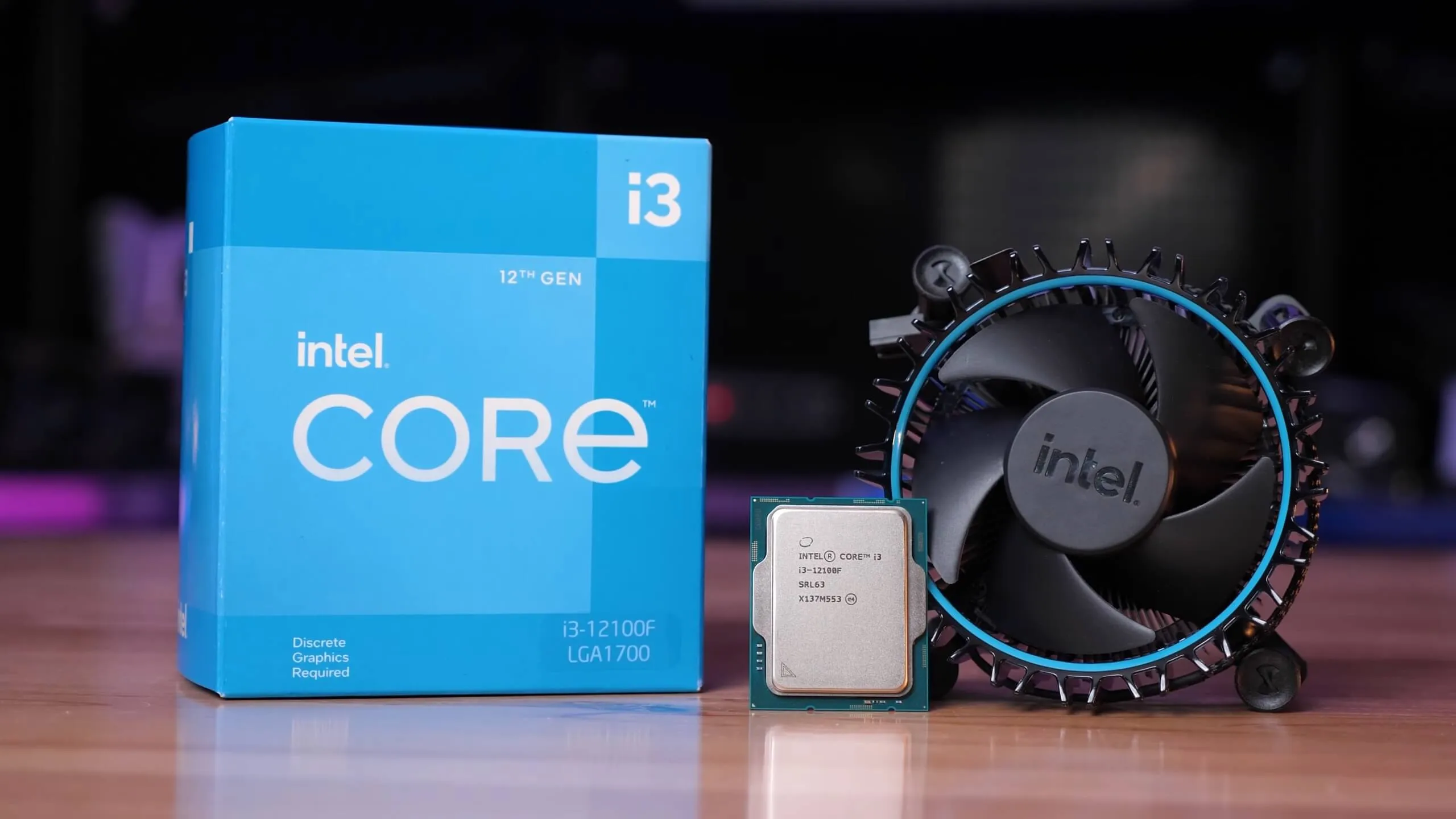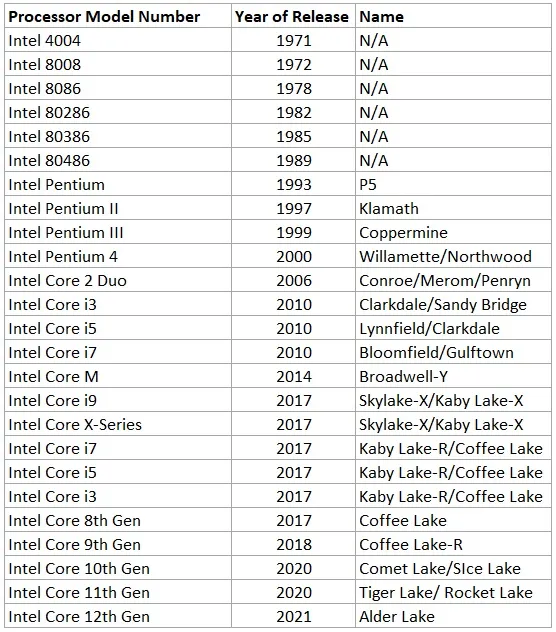
Hello there, tech enthusiasts! Today, we're going to take a trip down memory lane and talk about the evolution of Intel processors. From the humble beginnings of the 4004 to the latest offerings from Intel, we'll be covering it all.
Intel Corporation, founded in 1968, has been a pioneer in the development of microprocessors. They have been at the forefront of innovation and have continuously improved their processors over the years. With each new release, Intel has made significant improvements in terms of performance, power efficiency, and capabilities.
The first Intel processor, the 4004, was released in 1971. It was a 4-bit CPU with a clock speed of 740 kHz and had 2,300 transistors. The 4004 was primarily used in calculators and other simple computing devices. It was followed by the 8008 in 1972, which was an 8-bit processor that clocked in at 200 kHz.
The real revolution in the Intel processor lineup came with the release of the 8086 in 1978. It was a 16-bit processor that had a clock speed of 5 MHz and was the first x86-based processor. It paved the way for the 80286 in 1982, which was a significant improvement over its predecessor. The 80286 had a clock speed of up to 12.5 MHz and could address up to 16MB of memory.
Intel continued to innovate, and in 1993, they released the first Pentium processor. The Pentium was a significant leap forward in terms of performance, and it had a clock speed of up to 233 MHz. It was followed by the Pentium II, III, and IV, which were all improvements over their predecessors.
In 2006, Intel released the first Core processor, the Core 2 Duo. It was a significant improvement over the Pentium 4 and had a clock speed of up to 3.0 GHz. It was followed by the Core i3, i5, and i7, which were all based on the Core architecture.
Intel's latest processors are based on the 11th Generation Intel Core Processor family, code named Tiger Lake. These processors are built using Intel's 10nm SuperFin process technology and offer significant improvements over their predecessors in terms of performance, power efficiency, and AI capabilities.
To help you better understand the evolution of Intel processors, we've put together a table that shows the processor model number, year of release, and name.

Intel has come a long way since the 4004, and their processors have improved significantly over the years. With each new release, they have pushed the boundaries of what's possible in terms of performance and efficiency, and it will be exciting to see what they come up with in the future.
